
Glenfiddich’s Mark Thomson on the perfect dram
Words: India Gladstone
We talk to Glenfiddich’s UK Brand Ambassador, Mark Thomson, about his involvement in one of the only remaining family-owned distilleries in the UK, the correct way to taste whisky and what makes the perfect dram.
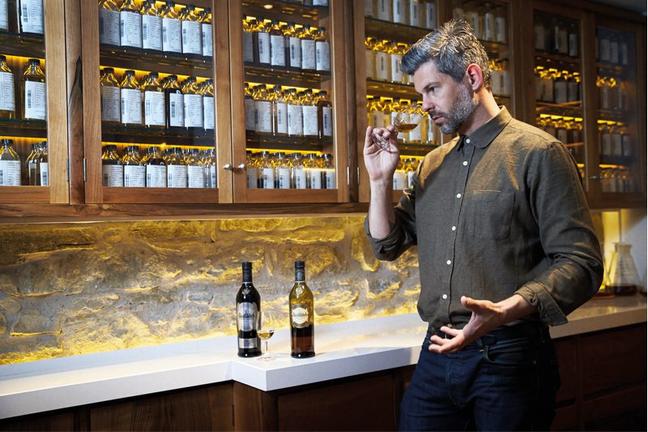
What are the main types of whisky?
There are a number of different types; grain whisky, blended whisky, blended malts and single malts. Grain whisky comes from any type of grain, as long as it’s got enough convertible starches in there – you can technically make whisky from rice. It’s made slightly differently to malt whisky as the grain doesn’t have to go through a process of malting, so its a simplified version – although the actual distillation of grain whisky is much trickier.
Grain whisky is used in combination with malt whiskies from a number of different distilleries to create blended whisky. So if you join together different distillery’s single malts with grain whisky, you have blend. Then if you take the grain away and just blend together single malt distilleries of different character you create what’s called a blended malt, or what used to be called a vatted malt.
A distillery will typically have a lot of different casks for resting and maturing. The cask will be flavouring the whisky that’s inside, each one slightly differently. For consistency with the bottling process, distillers will marry back together a number of casks to get rid of the inconsistencies between them – as long as one distillery’s product it’s still considered single malt.

What is the finest type of whisky available on the market?
At the very peak is single cask whisky, which is when you have one cask of whisky, as long as it’s oak, and you bottle from that when its ready and that’s it. There may be 200 bottles from that cask, there may be 100 bottles from that cask, there may be 11 bottles – but nothing else is brought in to play with it. Once the casks are emptied there’s no way we can replicate it, its a snapshot of what that cask did to that whisky over the years.
Can you explain what the term ‘finishing’ means?
We play about with maturation and finishing. Finishing is when you pick up a fully matured whisky from one cask and transfer it to a secondary cask to influence the final part of its maturation. There are ‘master blenders’, who blend their own malts together; our 12 Year Old is made this way, blended with American ex-bourbon casks and European ex-sherry casks, and this creates a lovely balanced flavour. You get a lot of unusual character that can come out – the 21 Year Old is finished in a rum cask so you get a sweet note that comes out of it. And for us it’s all about having consistency and quality, so that whether you pick up our product from Dundee to Dubai – it tastes the same.
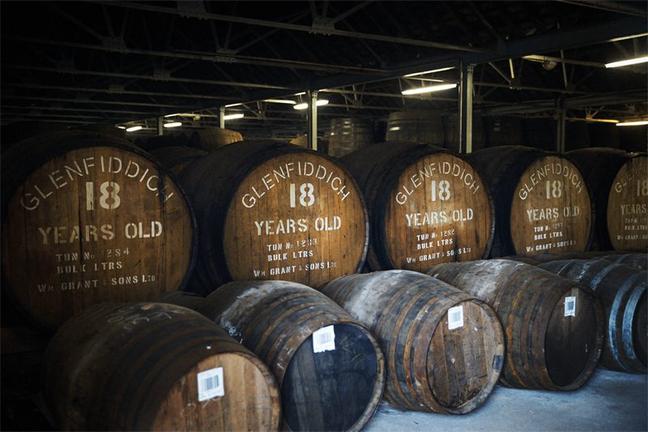
What makes Glenfiddich different?
What makes it different for me is that it’s still family-owned, and throughout the history of the family they were quite maverick in their approach to whisky making. When William (Grant) started out, he was forty with 9 kids and he attempted to build a distillery out of the river itself and the land. In the 50s and 60s, while the company was driving forward and things were changing, being done slightly differently, not massively but taking a maverick stance – the idea was, ‘lets do this different and take control back’, and it has worked. I’m sure there are a few things if we look back that haven’t worked, but what I like about the company is that it still has that same ethos, that sense of belonging and family and it’s still a little bit risky.
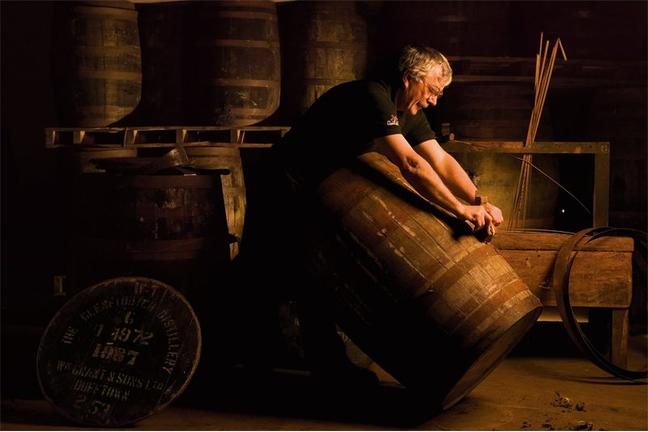
Is there a correct way to taste whisky?
I like to think about it a bit, when I’m approaching any kind of whiskies. I’ll take small smells at the start, just to make sure it’s not overly pungent and that it’s pleasant. I’ll look at the whisky, but colour isn’t anything – whisky should be ‘whisky’ coloured but it can be anything from very pale to very dark. If it was very dark it would give me a slight indication of what I’m looking at, but for the first-timer you want to try and approach it with quite an open mind with what you know and what you like.
When you nose the whisky try and think of things like red or white wine or foods, so that your mind is a little bit more on track with that. I’d always say try the whisky first before thinking about adding water – some whiskies don’t like water, some need it. They can be high strengths so they need a little bit softening, and some open up a little bit with water but others fall apart.
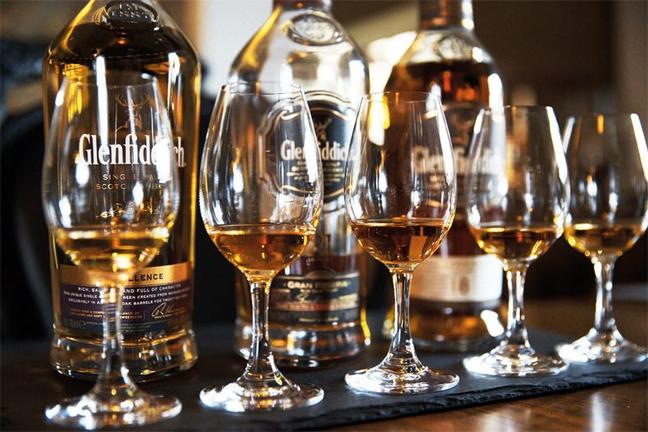
Is there a particular amount of water you should add?
There are no rules; everyone’s palette is different, everyone’s memories or preconceived ideas of whisky is different, from expert to novice to hater. The whisky is as individual as you, distilleries create individual character, which are intended to be tasted by many people.
Approach it with respect and you get what you want from it, if it needs to be adjusted with water, fire away, if you think it’s not quite right for you, try a different whisky, and move things around a little bit until you’re comfortable with what you’ve got.
Don’t be put off by the ‘rules’. The rules were made up by people who feel comfortable because they are part of a group that know the rules, it’s like ‘the old boys club’, and for me, I despise that.
Do you think ‘the rules’ will ever completely disappear?
There’ll always a level that are out there that say, ‘you should never add this’ or ‘you should never do that’, there’ll always be that vein running through society that approach whisky in that way. But I think the world is changing and I think those people will become a minority at some point. There are so many new people coming to whisky and they’re receiving information all over the place from journalists in print and online.
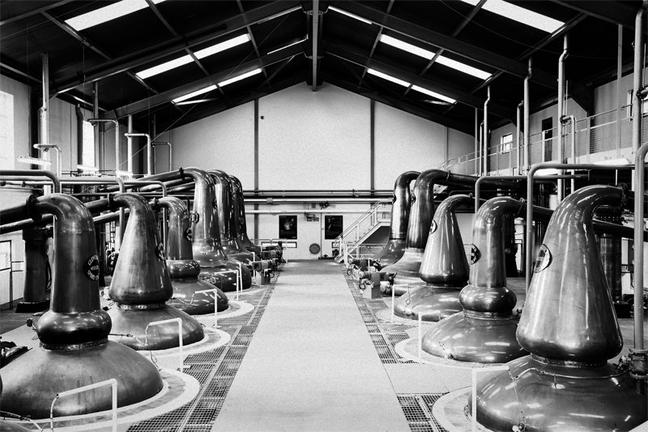
What do you think it is about whisky that makes it so appealing to everyone?
Our bourbon cask whiskies are especially lovely and delicate and really quite feminine, but then of course you’ve got the big peaty monsters or the sherry cask ones, which are robust and instantly kind of punch you in the mouth, and it’s good! That’s the more masculine style. But whisky is not a drink just for men, everyone can enjoy them.
For more information about Mark and Glendiddich, see here.

Become a Gentleman’s Journal Member?
Like the Gentleman’s Journal? Why not join the Clubhouse, a special kind of private club where members receive offers and experiences from hand-picked, premium brands. You will also receive invites to exclusive events, the quarterly print magazine delivered directly to your door and your own membership card.



